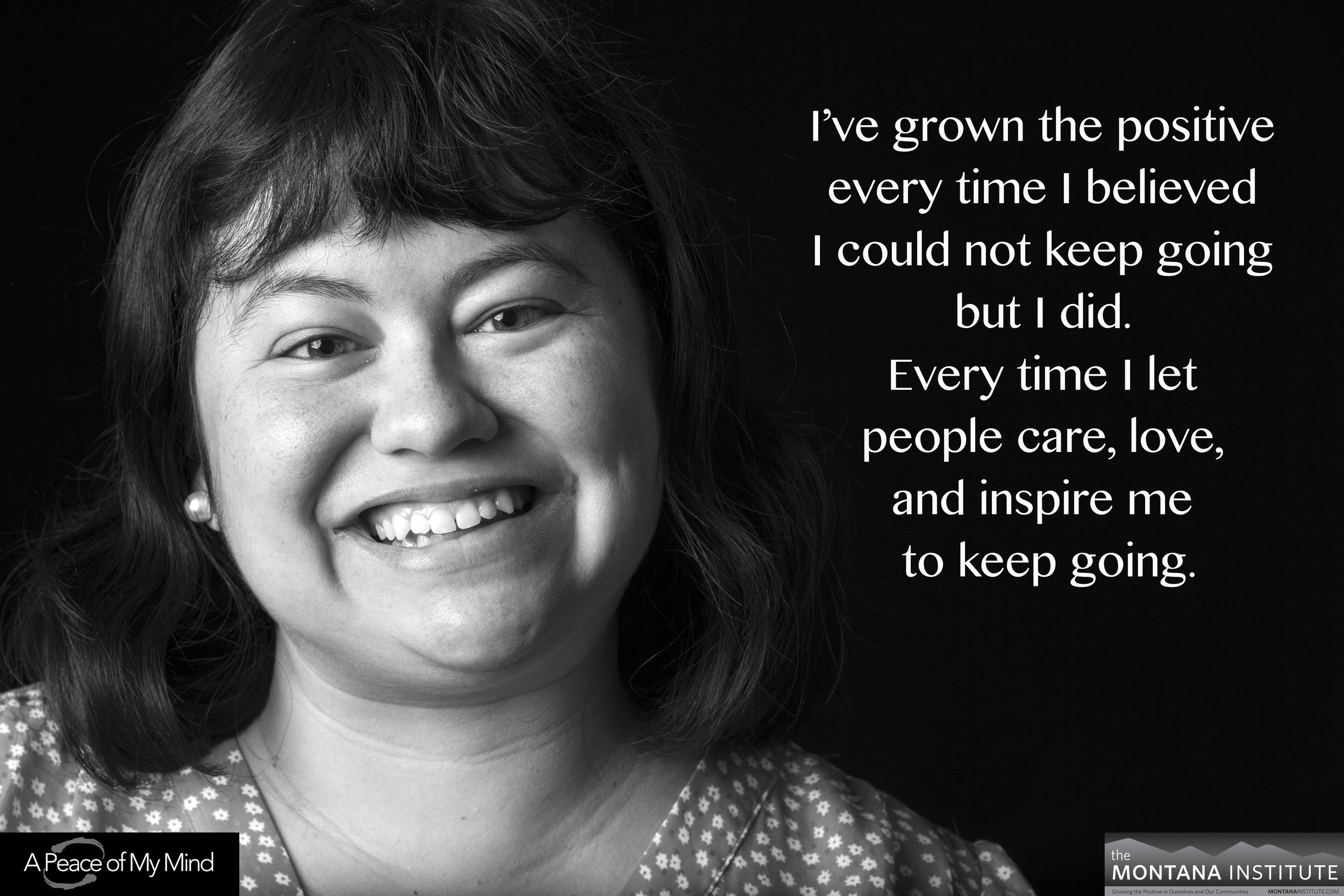The Power of a Strength-Based Change Model
/Scare tactics, arguably one of the most popular and widely-utilized approaches in prevention history, have been employed for decades to raise awareness about dangerous activities. This strategy ignores the fact that healthy, protective choices are most often the norm.
As a society, it is like we have cultural cataracts: our vision has been distorted by the media’s “if it bleeds, it leads” focus on the problems and harm caused by the behavior of a small percentage of people (Linkenbach, 2001). Our media obsessively focuses on problems, risk, and danger, fueling ever more exaggerated perceptions of their prevalence. Ironically, this strategy can create the opposite result from the one we seek. A negative focus creates feelings of powerlessness and hopelessness, emotions that are unlikely to ever create positive change.
“It is time to move beyond Health Terrorism. If we want health, we must promote health.”
Fear-based messages are designed to “scare the health” into people by emphasizing the terrible things that might happen (such as death or overdose) if they do not do what the message recommends (such as abstain from drugs and alcohol). The assumption behind fear-based approaches is that awareness of the negative consequences of our actions will result in positive behavior change. Awareness of problems and their risks is critical, but research shows that awareness alone is insufficient to create lasting transformation.
Our work has proven that inflating people’s fears can actually create a backlash against the goal of health promotion by supporting and exaggerating misperceptions of negative community norms (Linkenbach, 2001). Using fear to motivate people to action can cause just the reverse: people can become paralyzed by a lack of hope. On an individual level, lack of hope can lead to diminished energy, loss of commitment, and overall poor performance. At the organizational or community level, a lack of hope can lead to despair and reduced engagement.
Fear-based approaches can also foster stigmas that divide the community into different groups. Negative behaviors (or negative health outcomes) are strongly linked to the people portrayed as the wrongdoers. We then begin to view these people as dangerous or bad. This stigmatization leads to poor communication, shaming, and a breakdown of community. Fear-based approaches are also hard to maintain. In order to engage our audience, we must create messages that stand out against the onslaught of media messages we receive each day. At a certain point, negative messages get tuned out because they are too, well, negative! We have seen campaigns that were so graphic that people rejected the messages by literally changing the channel. A core assumption of the Science of the Positive is that the solutions are in the community -- that in every community there is positive, undeniable good that we can discover and amplify. By searching for health -- as opposed to its opposite -- we increase this positive energy and direct it towards that which we want to grow.
It has been demonstrated that messages that portray health as the normative, expected behavior result in increased health protections and lowered risk (Perkins, Haines & Rice, 2005). Using The Science of the Positive as its guide, Positive Community Norms focuses on the positive, healthy normative attitudes and behaviors we want to grow, transforming our messaging from one of fear to one of hope. There are examples of health and goodness in every community, if we take the time to look for them. We may have to ask different questions and measure healthy behaviors in new ways to uncover these strengths, but they are always there.




